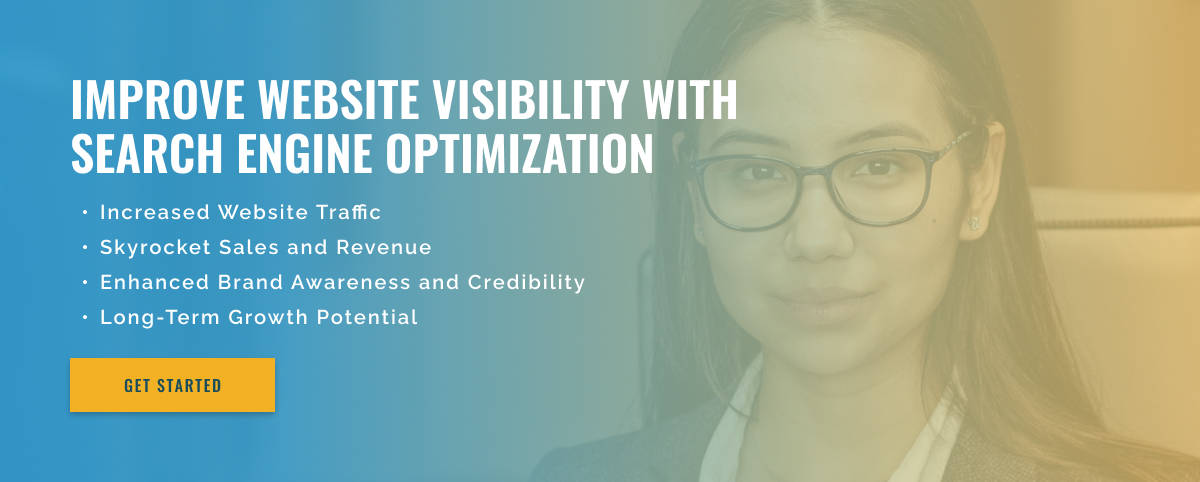3 minute read
Best Practices for B2B Websites: Accessibility and SEO
As the Internet continues to play an important role in the business-to-business (B2B) world, it is critical for companies to optimize their websites for accessibility and search engine optimization (SEO). This way, companies can be sure that their website will not only be easy to navigate for all users, but will also be well positioned in search engines, which will translate into more web traffic and potential customers. In this blog article, we discuss best practices for optimizing B2B websites for accessibility and SEO.
First and foremost, companies need to prioritize website accessibility. This means designing and developing a website so that people with disabilities can access and use it. Not only does this help create a more inclusive and diverse online community, but it also helps improve SEO. Search engines, including Google, prefer websites that are accessible to all users. To achieve this, companies can use alt tags on images, provide appropriate color contrast, and provide transcripts of video and audio content.
Companies then need to focus on creating high-quality and relevant content. Search engines use algorithms to determine the relevance of a website to a search query. It’s important to include relevant keywords and phrases in your website content to improve your website’s visibility and ranking. However, it is important to avoid keyword stuffing, which can lead to search engine penalties. Instead, focus on creating high-quality, informative, and engaging content that showcases the company’s expertise and value proposition.
Another important aspect is the user experience (UX) of the website. A well-designed and optimized website not only improves the user experience, but also helps with SEO. When ranking a site, search engines consider factors such as bounce rate, time spent on the site, and number of pages visited. Therefore, it is important to have a user-friendly design, easy navigation, and fast loading speed.
Additionally, including backlinks from reputable websites can significantly improve your website’s SEO. Businesses can partner with other sites or blogs in their industry and exchange backlinks, which can help increase traffic to the site and improve its credibility in search engines.
In summary, optimizing B2B websites for accessibility and SEO requires a combination of technical and non-technical strategies. By following these best practices, companies can improve their online presence, reach a wider audience, and convert prospects into customers. It’s important to constantly monitor and update your website to stay ahead of changing SEO trends and ensure a comprehensive and seamless experience for all users.

